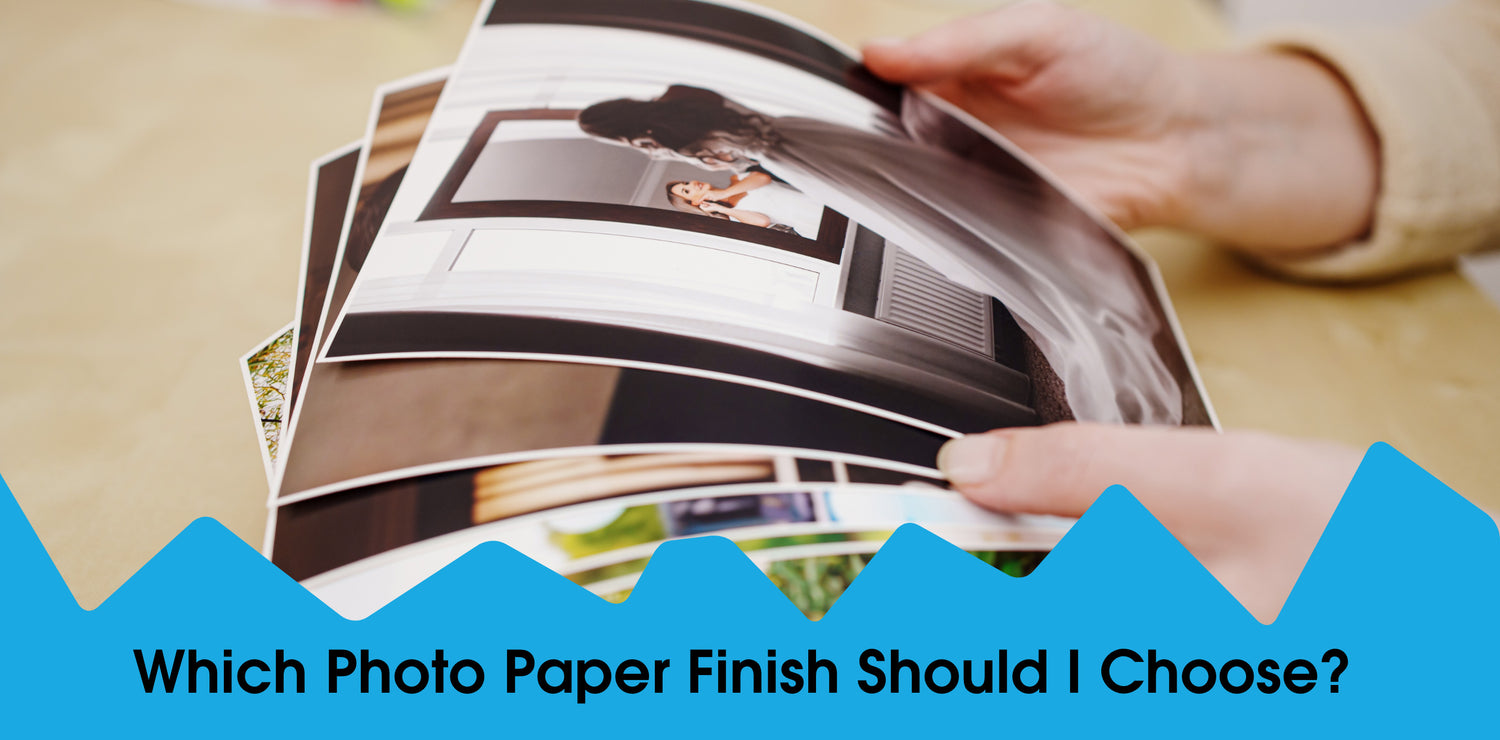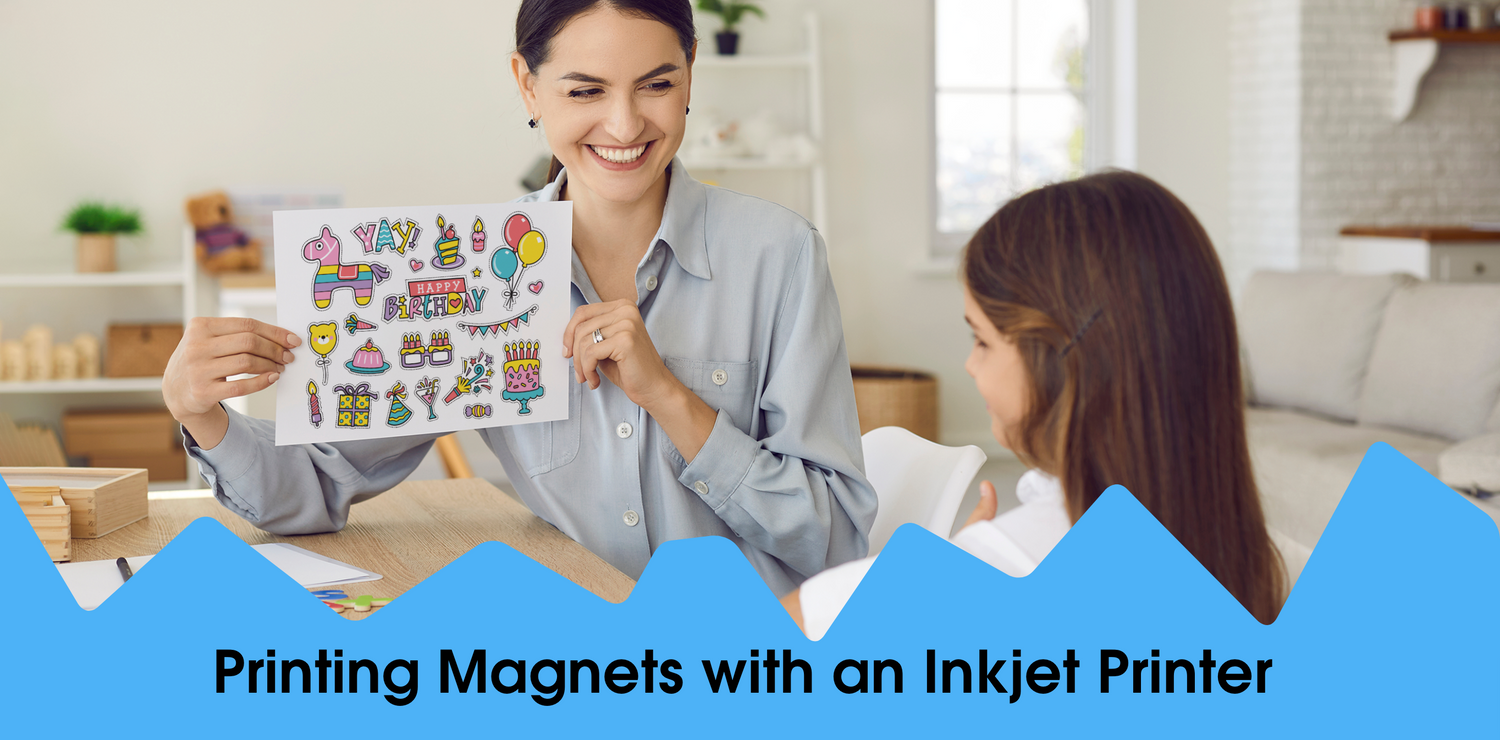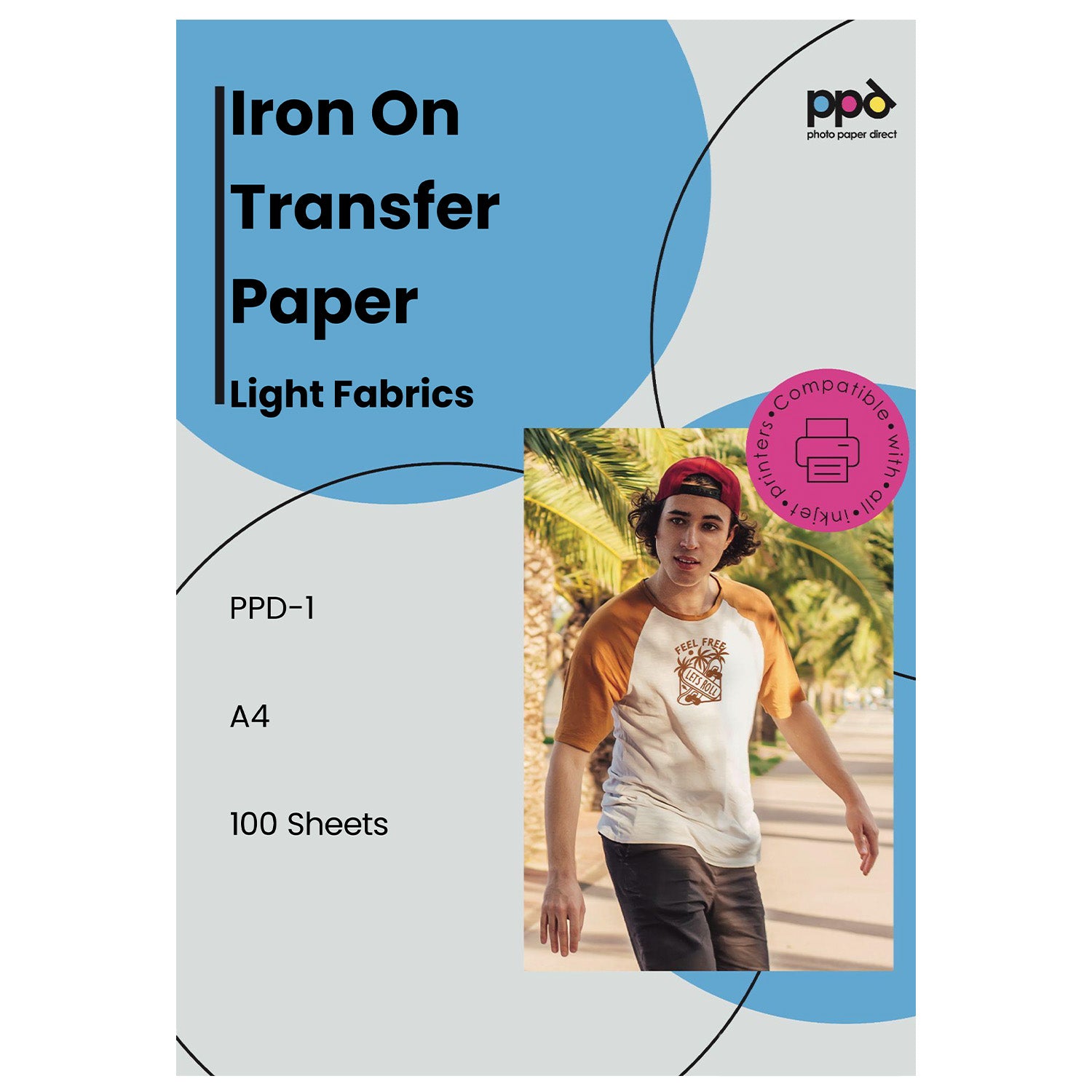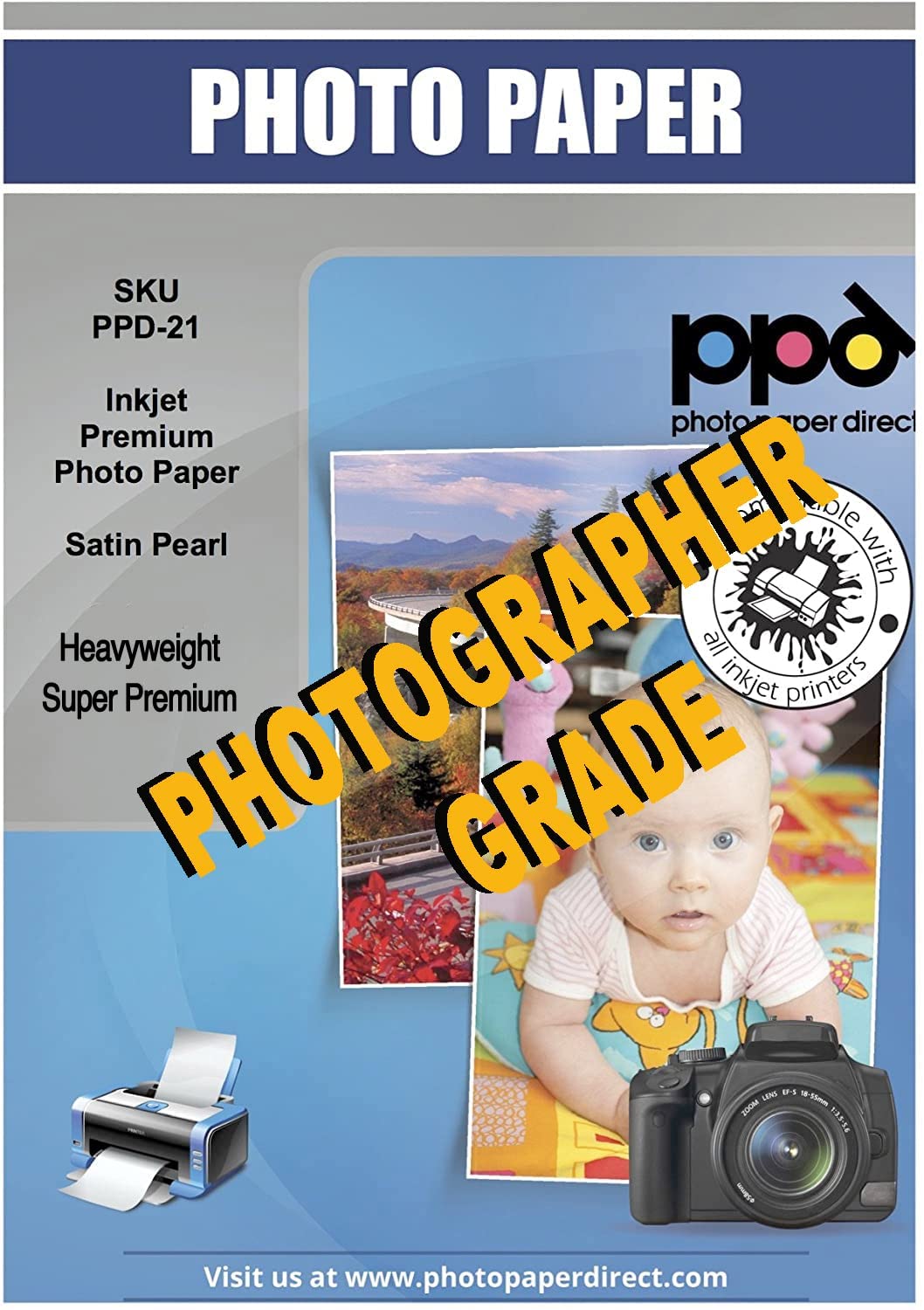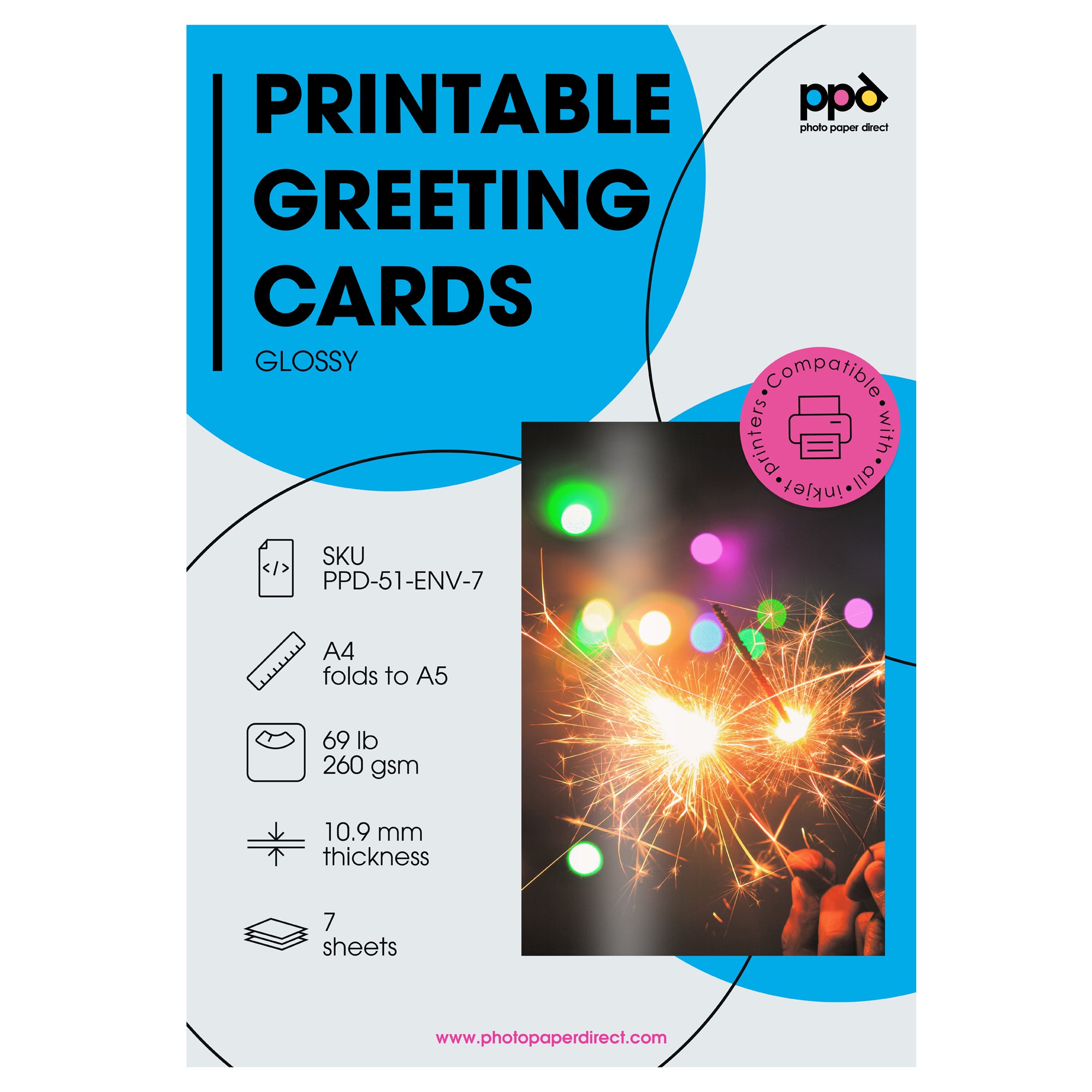Heat transfer paper frees your creative spirit. With dark or light transfer paper you can decorate most fabrics such as clothes, shopping bags, school bags, pillow cases, sheets, cushion covers, furniture loose covers, table cloth with logos, photographs and your own designs or drawings. You can use heat transfer paper to cost effectively promote your business, excite your children, make Grandma happy or coax a smile out of a grumpy old man. The amazing thing is that you do not have to be specially trained to achieve great results or spend huge amounts of your hard earned cash.
All you need is an inkjet printer and a supply of suitable paper.
How Does Heat Transfer Paper Work?
The heat transfer paper contains a regular base paper coated with a silicon release layer that is coated on top with an additional transfer release layer. This layer has an inkjet receiving coating, which can accept high resolution printing of photos and text. The upper layer is heat sensitive and melts under a heat source such an iron or heat press. To simplify the process, the transfer is ‘printed‘ onto the fabric by being released from the backing base paper and melting into the fabric. It is crucial that enough heat and time is applied for the process to succeed.
What Are Your Heat Transfer Paper Options?
The paper comes as a light t-shirt printing paper designed for white, cream or pastel light-coloured fabrics or as dark paper designed for colour, black and dark fabrics.
To transfer the design onto your fabric of choice, you can use a heat press machine OR an ordinary domestic iron with 1400w or higher. If you’re using an iron (as most people do) you will need a heat-resistant solid surface such a worktop or a table on which you can safely press down hard when required. As long as the material that is receiving the transferred image can withstand the temperature of a hot iron or heat press plate, you are in business.
Each pack of heat transfer paper comes with detailed instructions that vary depending on whether you use an iron or heat press machine. The heat transfer paper we stock is a high quality European-made product that will prove durable under intensive use and will not come off in the washing machine as long as you follow the instruction and make sure that the heat, time and pressure are sufficient as required in the instructions. Durability between manufactures varies, though the key is really to follow the heating and time guidelines.
Using Heat Transfer Paper For Light Fabrics
When using transfer paper for white and light colour fabric, you first print the image reversed left to right (mirror image or flip horizontal), trim roughly around the image, then position the printed image face down on the receiving fabric on a really stable flat surface that will not be damaged by the heat of the iron.
Do not use an ironing board. The iron needs to be one that uses at least 1400 watts, ideally more and to have been connected and heating up for about eight to ten minutes on maximum heat. If it is a steam iron, switch the steam off before you plug the iron in. Be sure that there are no creases in the receiving fabric.
Iron firmly all over the back of the transfer paper in small circles so you don’t miss pressure where the steam nozzles are, with steady pressure, making sure that the paper does not move in relation to the fabric. After steady, evenly distributed pressure for about three minutes take the iron away and wait a minute or so before gently peeling the paper away from the transferred image.
After peeling the backing paper, the image will show on the fabric. To ensure a good transfer put the silicon sheet supplied or high quality regular printing paper over the printed image, iron over again for approx. 1 minute and peel off immediately while hot.
If you are using a heat press machine, skip the ironing phase and ensure that you use 180 degrees for 13 seconds and repress for 3 seconds with silicon.
Using Heat Transfer Paper For Dark Fabrics
When using a transfer paper for black or dark fabric, print the image in a regular mode without mirroring it. Use block images that are easy to trim around, as the areas that aren’t printed will show as white on the fabric. After printing the transfer and trimming it, peel off the printed vinyl layer from the backing paper, lay it on the fabric with the image upwards.
The iron needs to be one that uses at least 1600 watts. Now cover it with the silicon paper supplied and iron over the silicon paper for 3 minutes pressing strongly in every position of the transfer in small circles, making sure the image stick well onto the fabric. Last, simply remove the silicon paper off the transfer.
If you are using a heat press machine, skip the ironing phase and ensure that you use 180 C for 13 seconds and there is no need to repress.
If you have any questions, leave your comment below. We’d love to hear from you.


